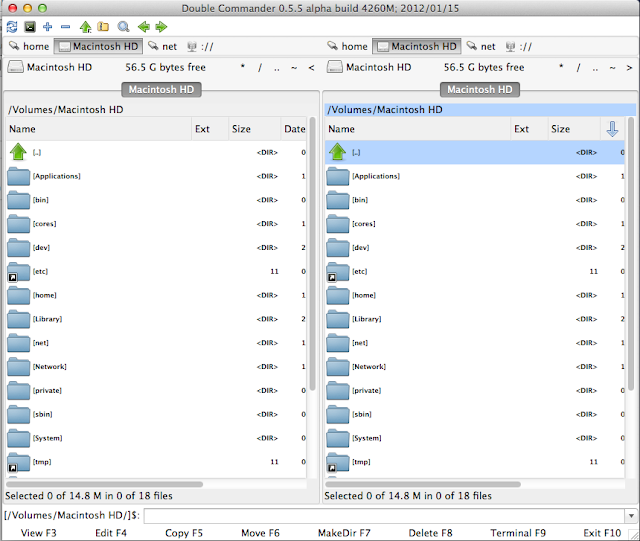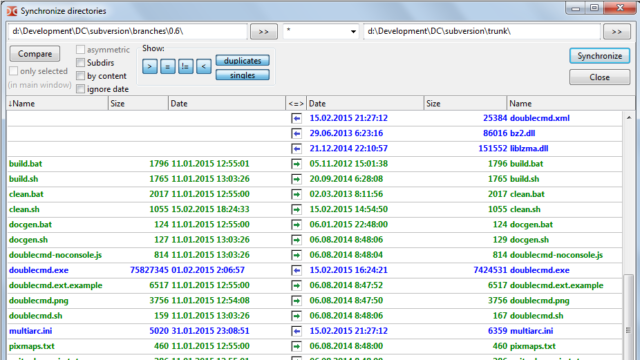
Setting a single document to be opened by a different app adds an extended attribute of type to that document. You can change that default in the Finder’s Get Info dialog, and set any individual document to be opened by a different app if you wish. For each UTI, one app is designated as the default to open documents of that kind for PDF, that’s normally Preview. These match each app against the UTIs which they can open and edit. When that app is installed on your Mac, its ist file is checked and information extracted and added to what are commonly known as LaunchServices databases.

#Double commander for mac high sieria pdf#
The other key piece of information is of course that app’s bundle identifier, the reverse-URL name used to identify the app, such as co.eclecticlight.Podofyllin for my PDF viewer Podofyllin. Because that’s one of the key files sealed when the app is signed, you can’t alter that. These specify the OS type, extensions, and UTI of each type of document, and are baked into the app’s ist file. When developers build apps, among the many things they include is a list of document types which that app can open and/or edit.
#Double commander for mac high sieria free#
You can explore UTIs and other types of identifier using my free tool UTI Utility. If the file has the wrong UTI – for instance, if you change its extension from pdf to text – the system will try to open it with the wrong app. There’s even an old Classic file type associated, 'PDF '. The system also matches that with a MIME type, often used by servers to designate the type of content, here application/pdf. The overriding way in which this is set is using the filename extension, in this case pdf. For a PDF document, for example, the UTI is. Amazingly, macOS 10.15 Catalina still incorporates support for those old type and creator codes, but has moved on to more sophisticated systems centred on LaunchServices.Įssentially similar processes occur when you open a document using other methods provided by the Finder, including its Open command, which are acted upon by LaunchServices and related sub-systems.Įvery file system object on your Mac, including all its documents and other files, has a designated UTI (Uniform Type Identifier), which looks something like a URL.

In Classic days, this was implemented by assigning each file a type and creator code, which then related through a hidden Desktop database to the app which would open files of that type. One of the most revolutionary and magical features of the Mac human interface is that you can double-click on any document and it will automagically be opened in the app currently designated as your editor for that file.


 0 kommentar(er)
0 kommentar(er)
